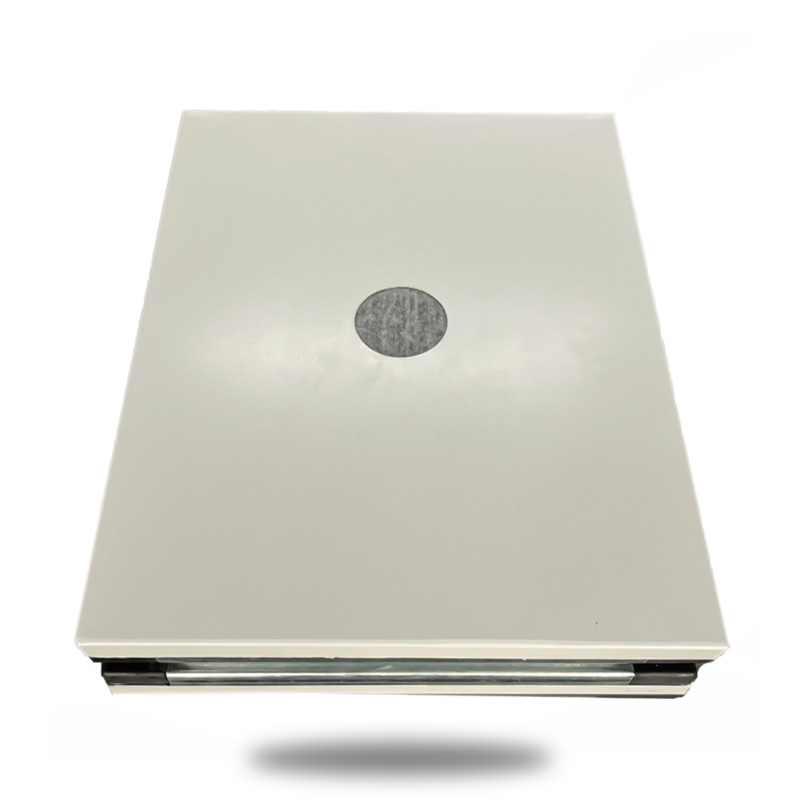

Cleanrooms play a crucial role in industries where main […]
Cleanrooms play a crucial role in industries where maintaining an ultra-clean, controlled environment is paramount. These include pharmaceuticals, biotechnology, semiconductor manufacturing, and healthcare. Among the essential components of a cleanroom, the cleanroom door is integral to ensuring the integrity of the controlled environment. In this article, we will explore what cleanroom doors are, their unique features, types, materials, and the industries that rely on them, highlighting why they are a cornerstone of cleanroom functionality.
A cleanroom door is a specially designed entry and exit barrier for cleanrooms. It prevents contaminants like dust, microbes, and particles from entering or leaving the controlled environment. Unlike standard doors, cleanroom doors are engineered to meet stringent cleanliness and safety standards while being resistant to various environmental factors such as chemical exposure and pressure differentials.
The design and construction of these doors focus on ensuring airtight sealing, smooth surfaces to prevent particle accumulation, and compatibility with other cleanroom systems like HVAC and filtration.
Cleanroom doors boast several distinct features that differentiate them from conventional doors:
Cleanroom doors are equipped with robust gaskets and advanced sealing mechanisms to minimize air leakage, ensuring optimal pressure control and maintaining a contaminant-free atmosphere.
The materials used in cleanroom doors are smooth and easy to clean, preventing the buildup of dust, microbes, or chemical residues. This feature is critical for maintaining the cleanroom's sterility.

These doors are designed to withstand frequent use and exposure to harsh cleaning agents, ensuring long-lasting performance without compromising cleanliness.
Many cleanroom doors come with automated mechanisms, including touchless sensors, sliding functions, and interlocking systems, to minimize manual contact and maintain hygiene.
Cleanroom doors adhere to global cleanliness standards, such as ISO 14644 and GMP (Good Manufacturing Practices), ensuring their compatibility with industry regulations.
Cleanroom doors are available in various configurations to meet specific operational needs:
These are ideal for spaces where efficiency and accessibility are critical. Sliding cleanroom doors often feature motorized systems for hands-free operation.
Common in small cleanrooms or areas with limited traffic, swing doors are simple yet effective in maintaining cleanliness.
These doors are designed for environments with frequent personnel or material movement. Their rapid opening and closing mechanism reduces air exchange and contaminant intrusion.
These doors are highly specialized, offering exceptional sealing properties for critical applications like pharmaceutical or biosafety cleanrooms.
Cleanroom doors are crafted from materials that ensure durability, cleanliness, and resistance to chemicals. Common materials include:
Known for its corrosion resistance and easy-to-clean surface, stainless steel is widely used in cleanroom doors for its durability and hygienic properties.
This material combines strength with a smooth, non-porous coating, making it resistant to scratches and chemical exposure.
Lightweight and durable, HPL is often chosen for its aesthetic appeal and excellent resistance to wear and cleaning agents.
Used in observation windows or full doors, tempered glass offers visibility while maintaining cleanliness and chemical resistance.
Cleanroom doors find applications across various industries where maintaining controlled environments is critical:
In pharmaceutical manufacturing, cleanroom doors prevent cross-contamination and ensure adherence to stringent GMP standards.
These industries require ultra-clean environments to prevent microbial contamination during research or production processes.
The precision required in semiconductor production necessitates cleanroom doors with exceptional sealing to minimize particle intrusion.
Cleanroom doors in hospitals, particularly in surgical suites and laboratories, ensure a sterile environment to protect patients and medical staff.
Hygienic cleanroom doors are also utilized in the food industry for maintaining sanitation during sensitive processes like packaging.
The importance of cleanroom doors extends beyond just acting as barriers. They contribute to the overall efficiency, safety, and productivity of cleanroom operations by:
Maintaining proper pressure differentials between rooms.
Reducing energy consumption through efficient sealing.
Enhancing workflow with automated and ergonomic designs.
Meeting compliance with industry cleanliness and safety regulations.
Cleanroom doors are a critical component in maintaining the integrity of controlled environments. Their advanced features, such as airtight sealing, durability, and customization, make them indispensable for industries requiring high levels of cleanliness and sterility. Whether in pharmaceuticals, biotechnology, or semiconductor production, cleanroom doors ensure the seamless operation of cleanrooms, protecting both the processes and the people within. As technology continues to advance, cleanroom door designs are evolving to meet the growing demands of modern industries, underscoring their role in shaping the future of clean manufacturing.
Our new models offer superb design;competitive prices and their new features give them distinct advantages over similar products from other manufacturers.